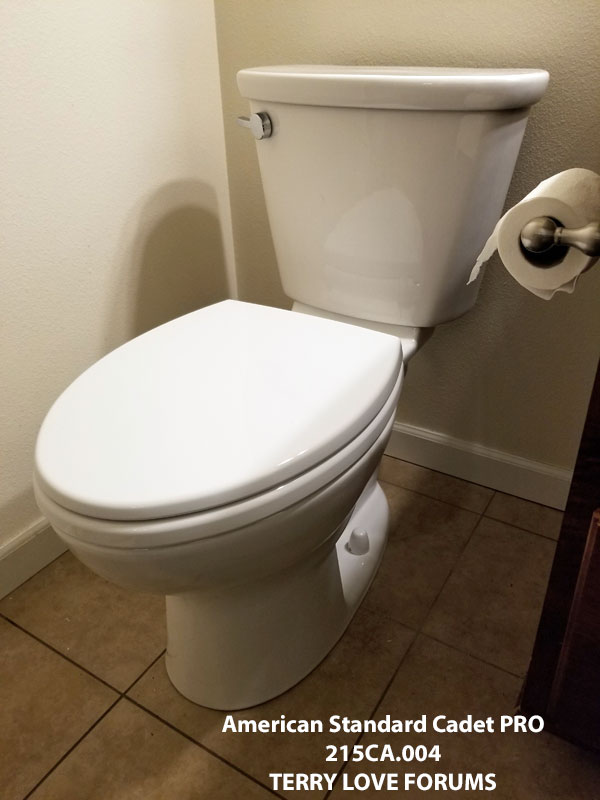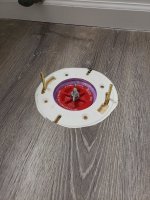Guys, I know that a toilet can be shimmed, but shouldn't most toilets be "right" out of the box? I bought 2 Cadet 3 toilets based on thousands of great reviews, one has zero side-to-side rock, but rocks front to back. It's not the floor. I laid the toilet on its side, and front to back is slightly off, maybe a 1/16 max. Is this the case more times than not?
I have a second Cadet 3 which I'm definitely returning. Rocks in more than one direction. Not pleased.
I have a second Cadet 3 which I'm definitely returning. Rocks in more than one direction. Not pleased.




